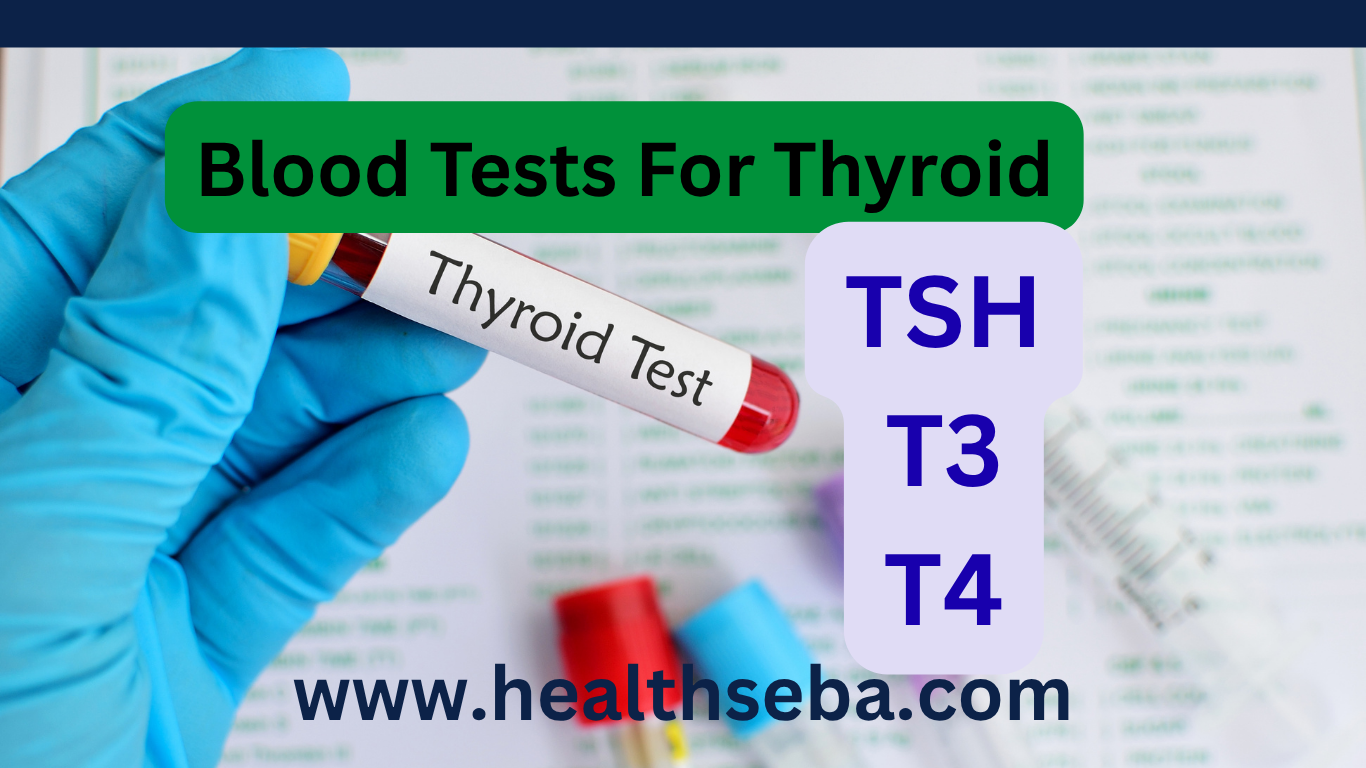Introduction
The Citrate Test and Voges–Proskauer (VP) Test are part of the IMViC test series (Indole, Methyl Red, Voges-Proskauer, Citrate).
The Citrate Test detects the ability of bacteria to use citrate as the sole carbon source.
The VP Test detects the production of acetoin (acetylmethylcarbinol), a neutral end product of glucose fermentation.
Both tests are essential for the differentiation of Enterobacteriaceae, especially to distinguish Escherichia coli (MR positive, VP negative, citrate negative) from Enterobacter and Klebsiella (MR negative, VP positive, citrate positive).
Principle
1. Citrate Utilization Test
Based on the ability of bacteria to use sodium citrate as the only carbon source and ammonium salts as the nitrogen source.
Utilization of citrate produces alkaline byproducts, raising the pH.
Bromothymol blue indicator turns from green → blue in positive reactions.
2. Voges–Proskauer (VP) Test
Some bacteria ferment glucose via the butylene glycol pathway, producing acetoin.
When α-naphthol (Barritt’s A) and KOH (Barritt’s B) are added, acetoin is oxidized to diacetyl, which reacts with guanidine compounds in the medium to produce a red color.
Positive test → red color.
Negative test → no color change (remains yellow/brown).
Procedure
Citrate Utilization Test
Inoculate the test organism onto Simmons’ citrate agar slant.
Incubate at 37°C for 24–48 hours.
Observe for color change.
Voges–Proskauer (VP) Test
Inoculate the organism into MR-VP broth.
Incubate at 37°C for 48 hours.
Add 0.6 mL of α-naphthol (Barritt’s A) and 0.2 mL of 40% KOH (Barritt’s B).
Shake gently and allow standing for 10–15 minutes.
Observe for color change.
Interpretation
| Test | Positive Result | Negative Result |
|---|---|---|
| Citrate Test | Growth with blue color change | No growth, medium remains green |
| VP Test | Red color after reagent addition | Yellow/brown, no red color |
Examples of Bacteria
✅ Citrate Positive & VP Positive Bacteria
Enterobacter aerogenes
Klebsiella pneumoniae
Serratia marcescens
❌ Citrate Negative & VP Negative Bacteria
Escherichia coli
Salmonella spp.
Shigella spp.
Uses
Differentiates Enterobacter/Klebsiella (citrate positive, VP positive) from E. coli (citrate negative, VP negative).
Part of the IMViC test series used for Enterobacteriaceae identification.
Helpful in clinical bacteriology for rapid diagnosis.
Conclusion
The Citrate Utilization Test and Voges–Proskauer Test are essential biochemical tests in microbiology. Together, they provide valuable information for differentiating Enterobacteriaceae family members, especially distinguishing Escherichia coli from Klebsiella/Enterobacter species.
Related Posts

Blood Tests For Thyroid
Introduction Blood Tests For ThyroidThe thyroid gland regulates the body’s…
Normal Delivery and Caesarean
Introduction The safety of the mother and baby during childbirth…
